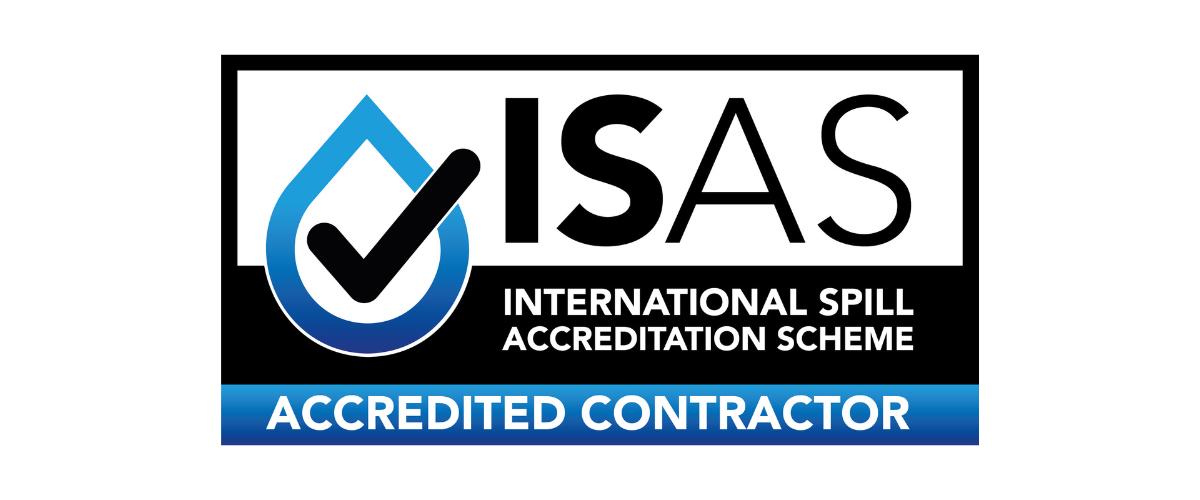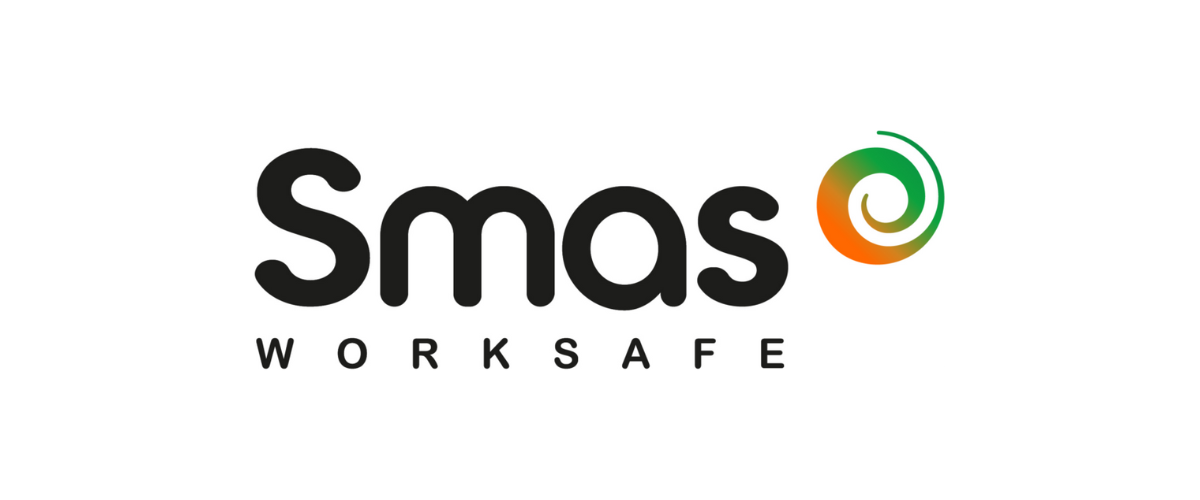A Practical Guide to:
CIRIA C736: Containment Systems for the Prevention of Pollution
Overview
CIRIA C736, “Containment systems for the prevention of pollution” (2014), is a best practice guide designed to help businesses prevent environmental harm through properly designed, maintained, and inspected containment systems.
Developed in response to high-profile pollution incidents - most notably the Buncefield Oil Terminal fire in 2005 - this guidance outlines how organisations can protect both the environment and themselves from regulatory penalties, reputational damage, and operational disruption.
Whether your site has a single tank or multiple chemical storage areas, if your operations pose a risk of spill or environmental contamination, CIRIA C736 applies to you.
The Legislative Context
While CIRIA C736 is guidance - not law - it is rooted in and strongly supported by key UK environmental legislation, including:
In the event of a pollution incident, regulators won’t just check if the legal minimum has been followed - they’ll examine whether recognised best practices, like those set out in CIRIA C736, have been implemented to mitigate risk.
Who Should Follow CIRIA C736?
CIRIA C736 is essential reading for:
It applies to a broad spectrum of containment strategies - from bunds around oil tanks to drainage shut-off valves - and provides guidance for both new installations and upgrading systems.
Key Principles of CIRIA C736
The guide outlines how to plan, build, and maintain robust containment systems to withstand incidents such as:
It covers:
Practical Example: After Buncefield, poorly designed containment allowed pollutants to escape. CIRIA C736 aims to prevent a repeat by ensuring bunds are sealed, drains are protected, and firewater is properly managed.
Why Compliance Matters
All regulated oil containers must have secondary containment to prevent environmental harm in case of leakage. Acceptable methods include:
Steps to Compliance with CIRIA C736
- Specify containment systems appropriately: Ensure all secondary and tertiary systems are correctly designed for the materials, volumes, and risks on site.
- Implement a formal inspection regime: Schedule routine checks (e.g. monthly/quarterly) and detailed periodic inspections (e.g. annually or every 5 years).
- Address deficiencies promptly: Any damage, defects, or design issues must be remedied without delay - or an improvement plan must be in place.
- Maintain documentation: Keep detailed, accessible records of all inspections, maintenance work, testing, and risk assessments.
- Automate where appropriate: Automated drain closure systems, for example, reduce human error and response lag during emergencies.
Read the full CIRIA C736 document here.

How GPT Environmental Can Support Your Compliance
At GPT Environmental, we help businesses reduce pollution risk and ensure regulatory compliance through:
Whether you’re preparing for an ISO audit, responding to a near-miss, or proactively planning your containment strategy we can help simplify the path to compliance.










